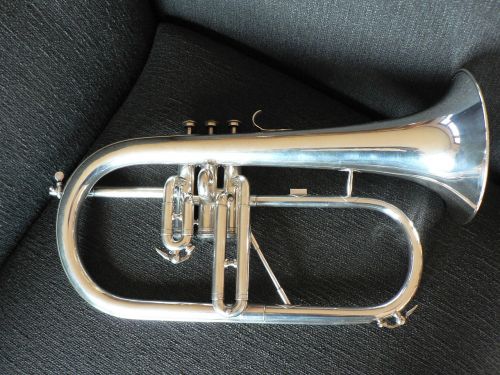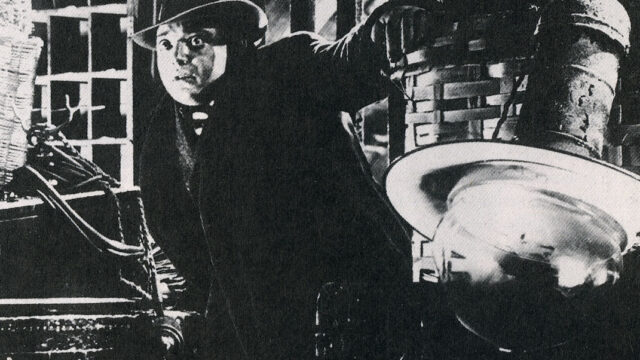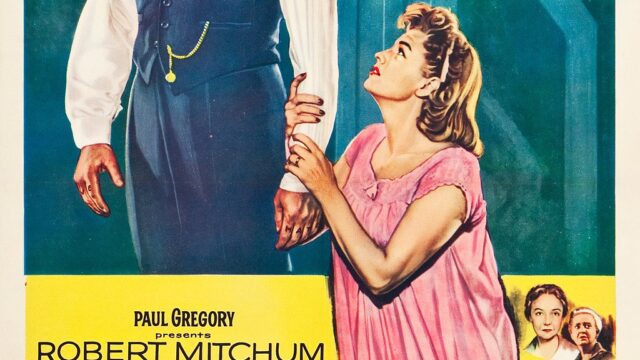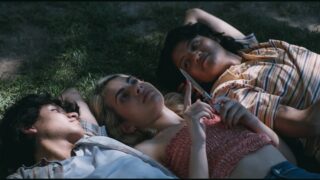Films are, of course, both a verbal and a visual medium – something we listen to and very much look at. As such, a few lines of dialogue or a short sequence of shots can sum up and capture the whole essence of the film in just a few seconds or moments.These instances can be called dialogue movie moments or visual movie moments.
Coal mining in the UK goes back to Roman times, spread across many areas, and until the late 1960`s was the main source of energy in the UK. Most mines were deep mines, underground, and were known as pits or collieries rather than mines. From the early 70`s, alternative energy sources came to the fore and, in part driven by government policy, the next 30 years saw the collapse of the coal mining industry and wholesale closure of mines such that by the 21st. century, the industry basically ceased to exist. The cost was seen in the massive redundancies, rise in mental health problems, lack of replacement employment and the destruction of long-established mining communities.The bitterness and sense of betrayal stemming from those closures still persists even to this day, over 50 years later, in the former mining areas.
“Brassed Off” is set in a mining community facing the almost certain closure of its mine and the story is told through the eyes of the members of the colliery brass band. Such bands can trace their history back to the 19th. century , being rooted in local communities and industry, particularly collieries. When we meet the band early in the film , at rehearsal, there is not much optimism or belief shown by the band members, who are uninspired and lacking hope as they face their bleak future – and the almost certain end of their jobs and their band. This despite the efforts of the band leader to interest them in a national band competition.
So, in a single extended scene near the start of the film, we get an unusual combination of a long “dialogue” movie moment taking place at the same time as an equally long visual “moment”. The “dialogue” is audial, we do listen to it, but it is actually a piece of music, being played as the camera pans over the band members, to give us our visual movie moment.
This happens when a new, female flugelhorn player comes to audition for the band and “plays” Rodrigo`s Concierto de Aranjeuz , originally a piece for classical guitar, but arranged for the brass band by Trevor Jones, with the solo played by Paul Hughes.
As she “plays” in a brilliant, virtuoso performance – the camera pans across the other band members and we see them realize how good she is; and we see hope grow in their faces where a few moments before, there was despair and resignation.
For the band, it is a turning point and they go on to win the national brass band competition. An almost “Hollywood” ending. BUT this is a realistic, British “kitchen sink drama”. This performance is probably their last, as the pit is now doomed to closure and the band members face a bleak and uncertain future, while the band conductor himself is facing a painful, lingering death : he has lung disease – Pneumoconiosis – an incurable disease caused by the inhalation of coal dust while working in the mine.
Peter Anyon










